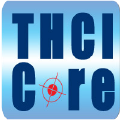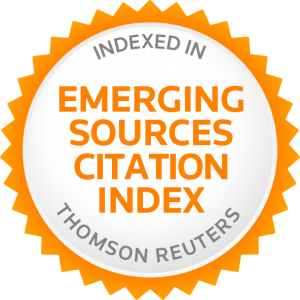台灣閩南語「都」與「攏」 的分工與合併 (TO AND LONG IN TAIWAN SOUTHERN MIN: DIVISION AND MERGING)
Miao-Ling Hsieh, Jen-i Li / National Taiwan Normal University
The two universal quantifiers, to and long, in Taiwanese Southern Min (TSM) are interchangeable when they occur with a wh-word yielding a free choice reading or with a tak-NP ‘each-NP’ (pattern 1). In sentences involving put-kuan/bo-lun ‘no matter’, only long can be used (pattern 2). Still, when the domain involves alternatives arranged on a scale, e.g., in the presence of a focus introduced by lian ‘even’, or a negative polarity item, to is considered the norm, though the combination of lian and long is sometimes attested (pattern 3). Our sentence completion survey conducted orally is set out to investigate the use of the two quantifiers in the three sentence patterns. We find there is a predominance of the long-type quantifiers in all the three sentence patterns, and the use of long and to correlates with the spearkers’ age and proficiency level of TSM. Finally, for a better understanding of the change, we compare the use of the two quantifiers in earlier Southern Min texts and modern TSM texts and discuss some potential internal/external causes for the change.
Key words: universal quantifier, scale, lian sentence, historical change, Taiwan Southern Min



